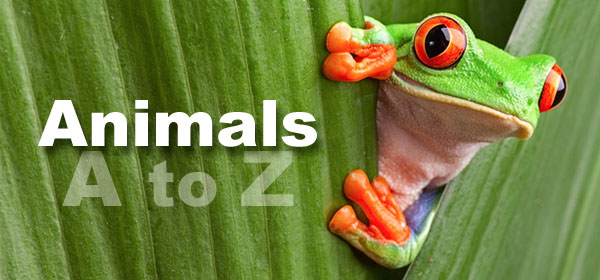Happy Darwin Day in advance! Celebrated on Charles Darwin’s birthday, 12th February, Darwin day is a day to celebrate and learn more about his work as a naturalist. Known as the father of natural selection, I can relate to his fascination with nature, and his close observation of birds. It was aboard the HMS Beagle in 1931 on an expedition across South America that Darwin found the perfect group of birds to illustrate his theories, the finches of the Galapagos Islands.
Even though Charles Darwin didn’t come up with his Theory of Evolution on this voyage, the Galapagos finches helped firm up his concept of natural selection. These birds were almost identical to the mainland finches. However, Darwin noticed that they had different beak shapes and sizes. Their beaks had adapted over generations to the type of food they ate to fill different niches on the Galapagos Islands. Their isolation over long periods of time allowed this speciation to happen. His studies on finches featured in his most famous book “On the Origin of Species” where he first discussed how species changed over time.
Zebra Finch
Although we’re a long way from the Galapagos, we have a selection of finches that you can see here at the park if you’re lucky. If you take a wander around our Tropical House and look closely at our feed stations or up high in the vegetation, you might be lucky enough to spot our little flock of Zebra Finches. These gorgeous finches get their name from their intricate markings around their face and on their throats. I just love the crazy patterns of spots stripes and orange patches on the face of some of our finches. We have a few different colour morphs, with some individuals that are quite pale all over and others that are buff in colouration.
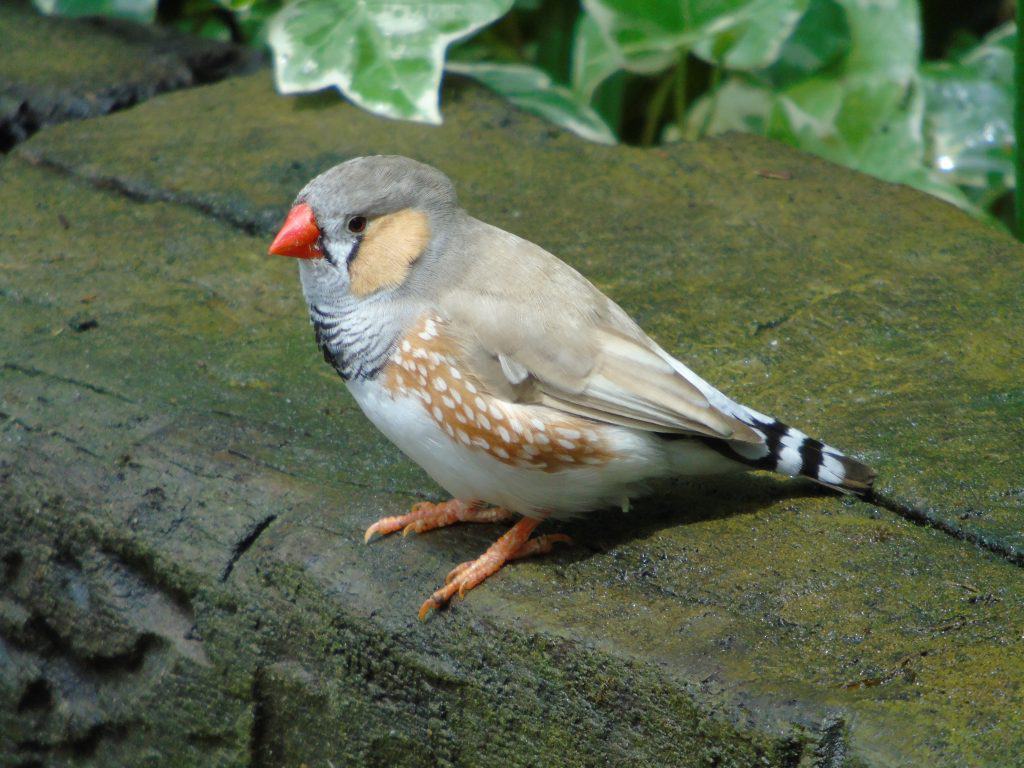
In the wild Zebra Finches can be found in Australia, Indonesia and Timor. However, they have also been introduced to Brazil and the USA. In these areas they are most commonly found around grassland and farm land. As well as the finches in our collection here at WWP, there are also quite a few native species of finch that you might be able to see around the park too.
Native Finches
Goldfinch
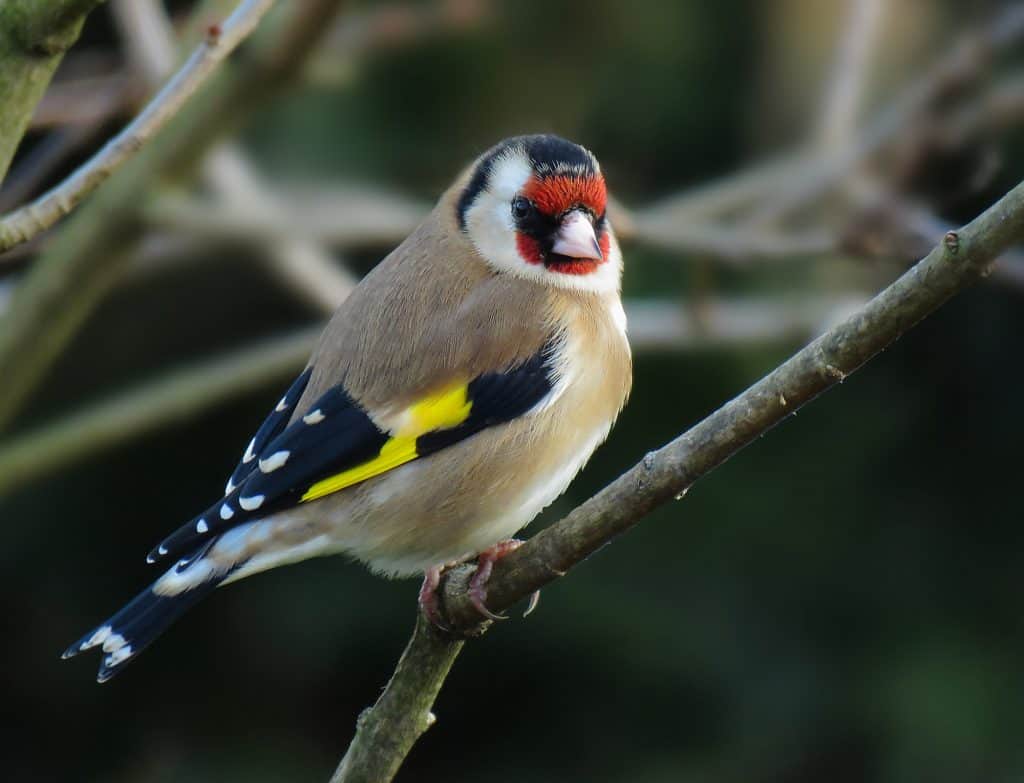
Credit: Nick Smith
Goldfinches can often be found at the tops of the trees around the park, especially this time of year as they love prying open the cones on some of our alder trees. You can’t miss them with that bright red face and yellow wing patch, and they make such a racket! We see more Goldfinches in the winter here but they do nest here at the park as well.
Chaffinch

Credit: Nick Smith

Credit: Nick Smith
Chaffinches are often hanging about enclosures trying to pick up any tidbits that they find. They are one of the most widespread and abundant birds in Britain and Ireland. Their patterned plumage is excellent camouflage when feeding on the ground but they become more obvious when they fly, revealing a flash of white on the wings and white outer tail feathers.
Linnet

Credit: Nick Smith
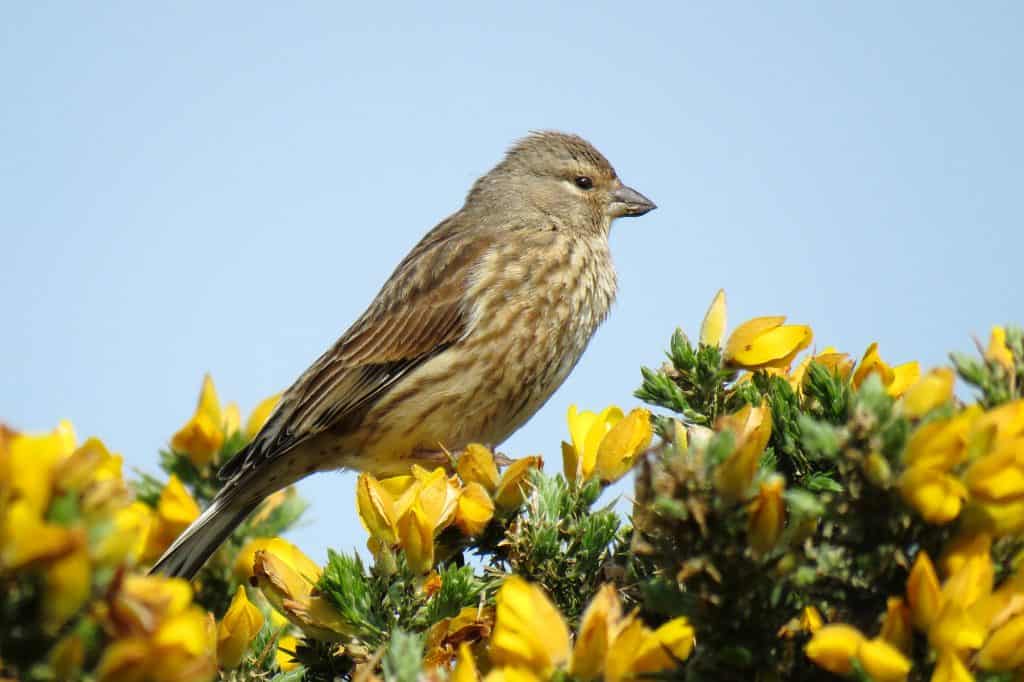
Credit: Nick Smith
Linnets can sometimes be found around the boundaries of the park. They especially like the fields around the car park and the bushes next to our flamingo enclosure.
I love the males as they have a gorgeous pink/red breast. I often notice them when flocks fly over as they make quite a distinctive twittering call when in flight. We can sometimes get large flocks of them in the winter as we do with the Goldfinches. They seem to like hanging around with each other. Sadly, like a lot of our farmland specialists Linnet numbers have dropped substantially over the past few decades, with the UK population estimated to have declined by 57 per cent between 1970 and 2014.
Greenfinch
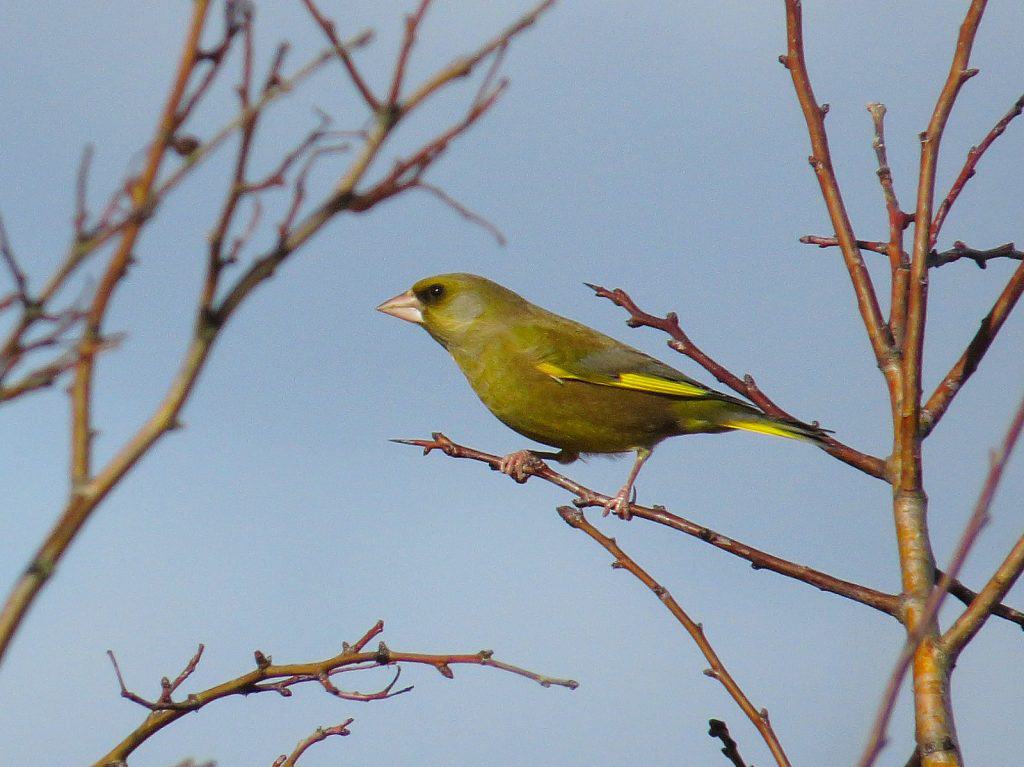
Greenfinches aren’t a regular spot at the park, but I think that might be because they’re quite sneaky. They often make quite a quiet trilling call, but they’re more obvious to find in the breeding season as the males make a hilarious wheezing call. Yet another species that has seen huge declines in the past, but which recovered a bit in the 1990s. Sadly they’re in decline again as they are being badly affected by a disease of the feet called trichomonosis. One of the most important reasons to clean your garden bird feeders regularly!
Bullfinch

Credit: Nick Smith

Credit: Nick Smith
Bullfinches are seldom recorded at the park but have been seen occasionally. Again, they have such a quiet call and secretive behaviour they might be more regular than we think. If you see one at the park be sure to let us know. You can’t miss the males with their bright red plumage, but the females are a bit harder to spot being a more subtle olive colour. When they fly, both the males and females have a distinctive white patch on their rumps.
Siskins and Redpolls
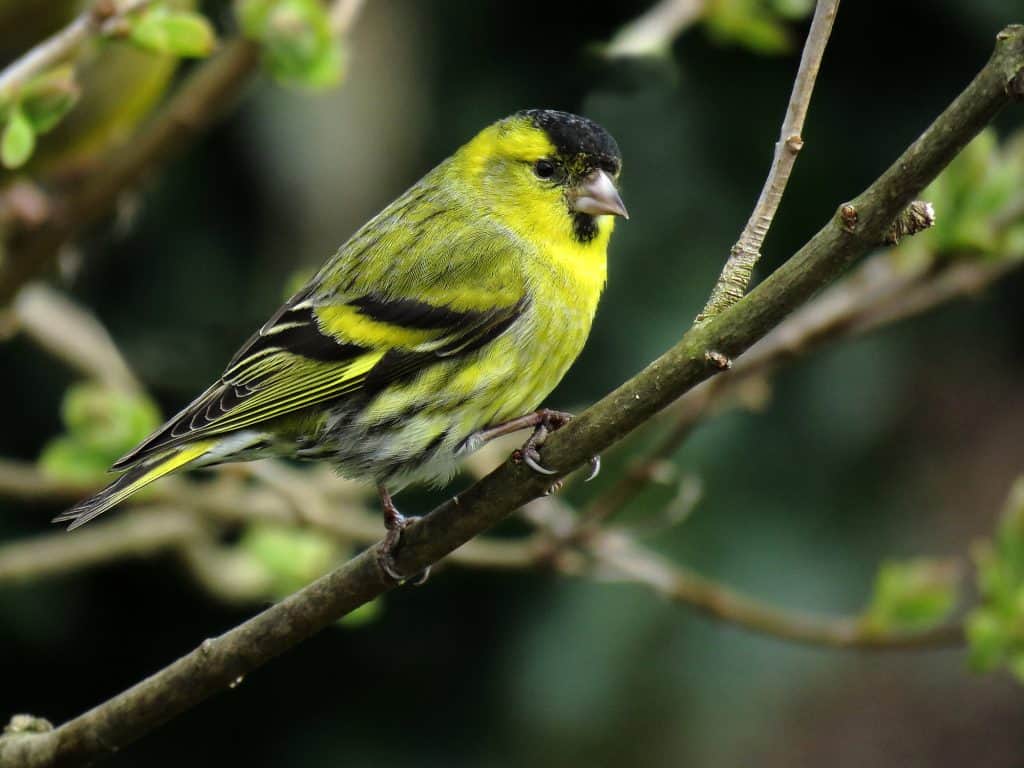
Credit: Nick Smith
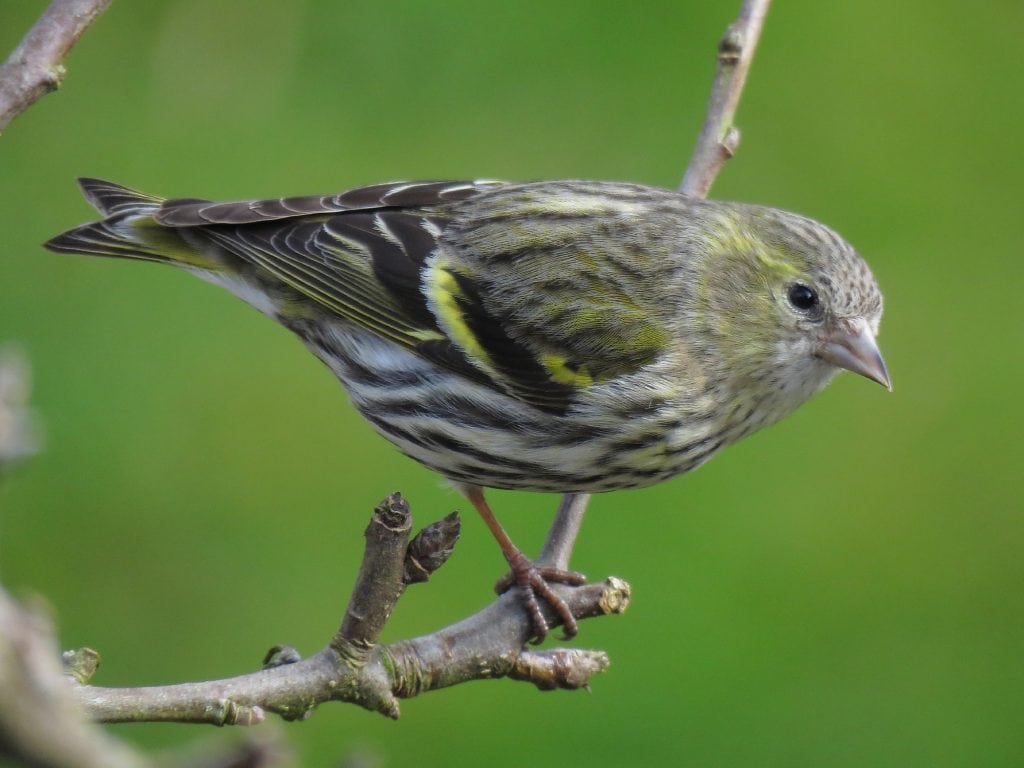
Credit: Nick Smith
Siskins and Redpolls are another winter visitor with many arriving each year from the continent, but I haven’t seen many at the park recently. Siskins are bright yellow with a distinctive forked tail, with the males having a lovely black head.
Redpolls are much browner and streaker in appearance. Whilst both males and females have a red patch on their forehead, the males also have bright red patches on their breasts.
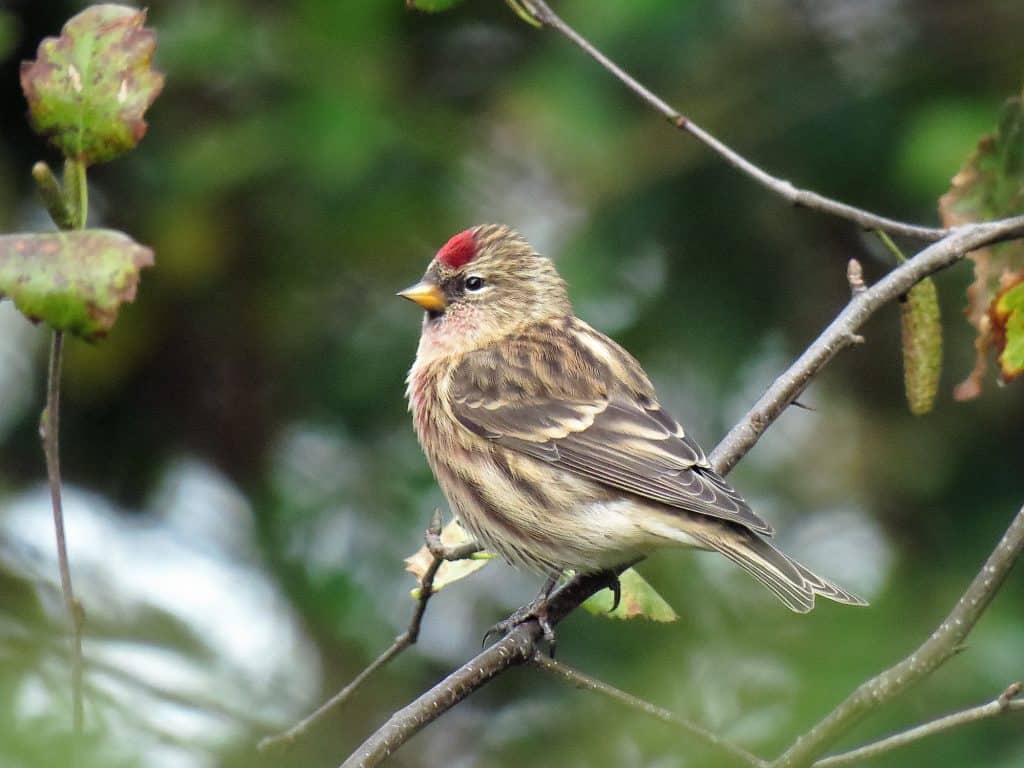
Credit: Nick Smith
The best way to try and find these finches is to have a go at learning their calls. The RSPB website is a great place to listen to some of their calls, and you can find a few rarer finches on there as well that we’ve never recorded at the park. Check it out HERE.
A huge thanks to my friend Nick Smith from Sandwich Bay Bird Observatory for letting me use his wonderful finch photos.
I hope you’ve enjoyed the finch-fest and I hope that the next time you see one of these in your garden you experience the some of the fascination that Darwin once felt all those years ago… I’m definitely enchanted by these intriguing little birds.
